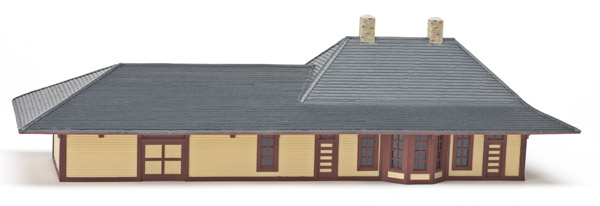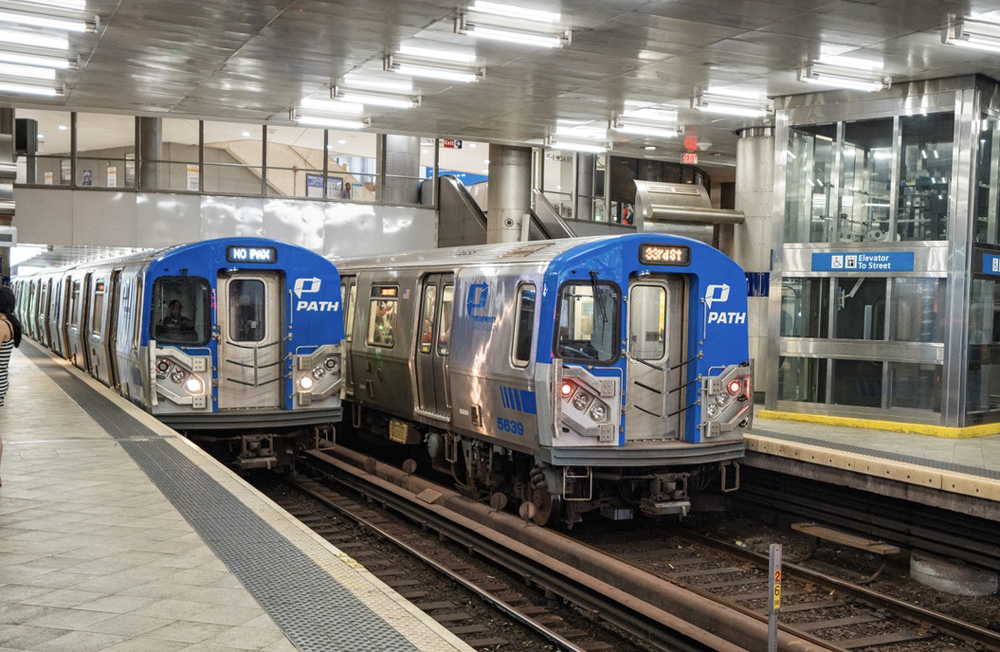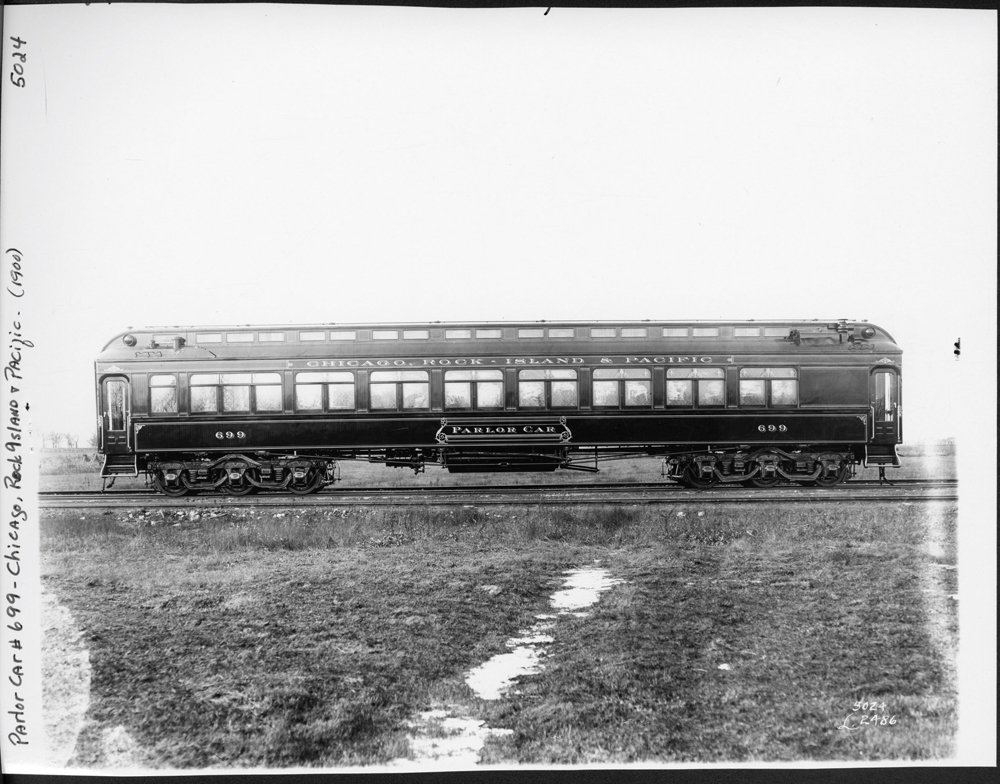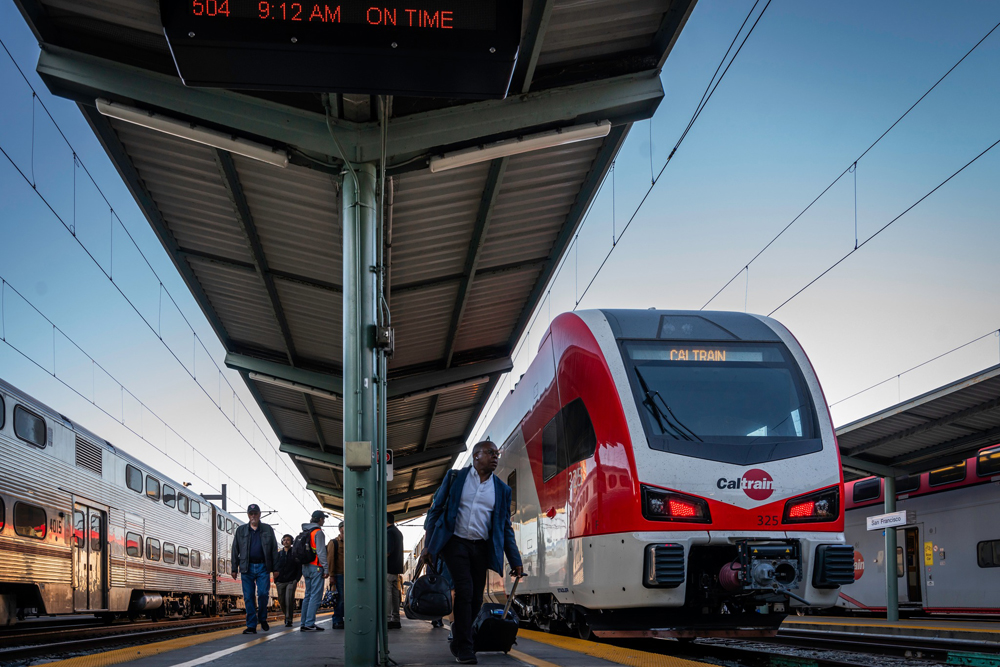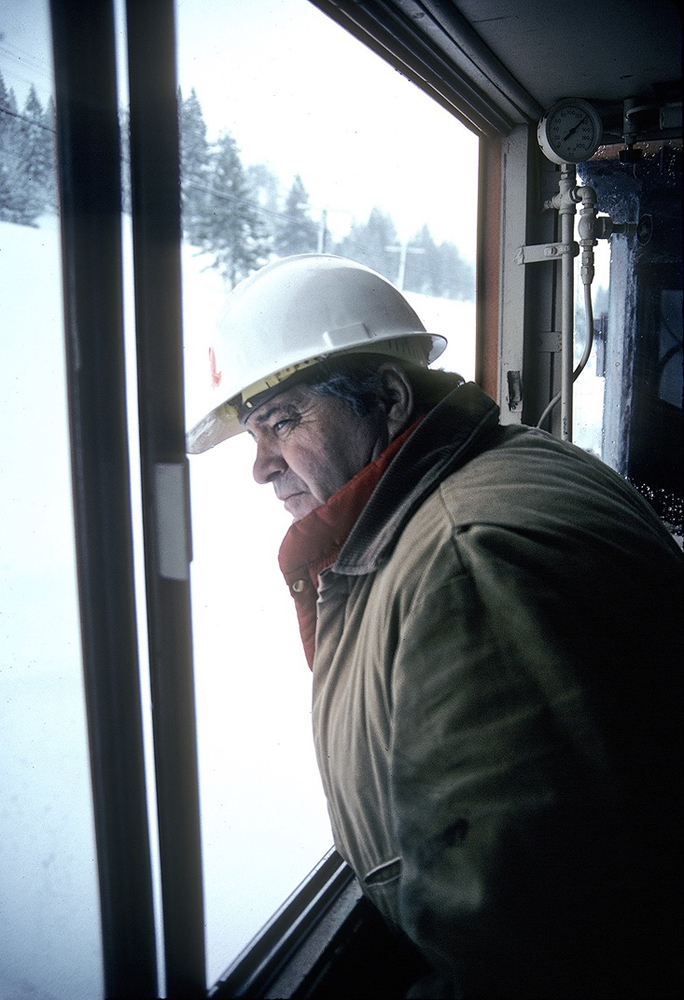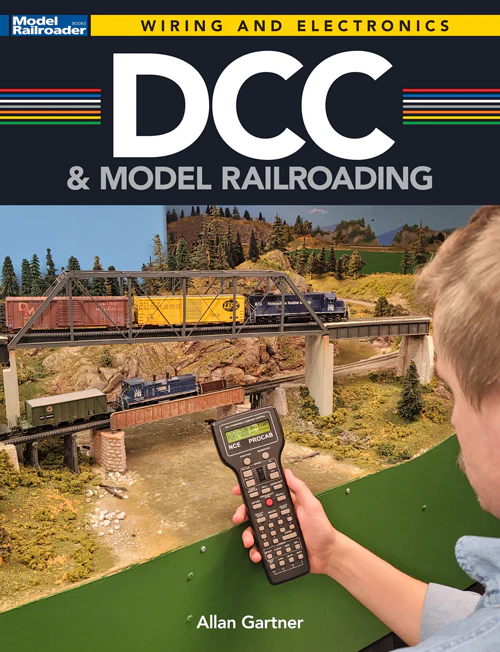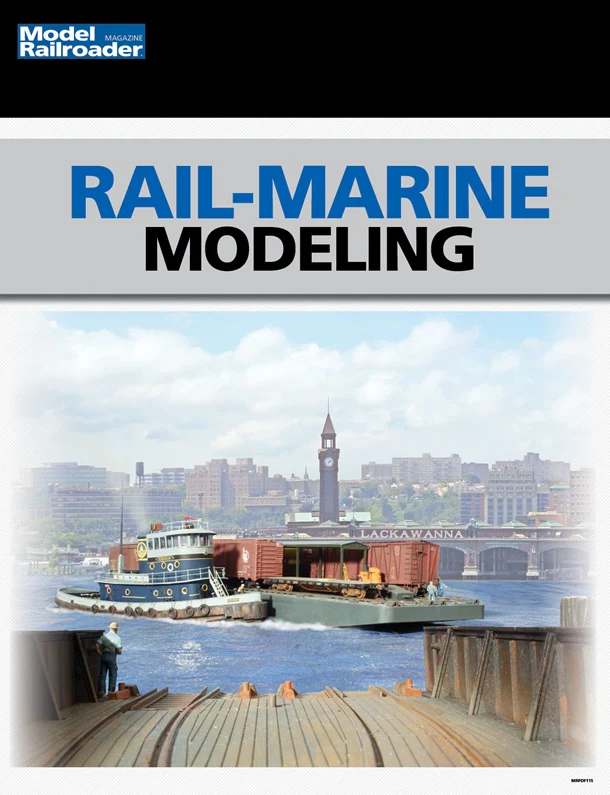Manufacturer
Monroe Models
1101 25th Ave. N.
St. Cloud, MN 56303
www.monroemodels.us
Era: early 1900s to 1990s
Comments: The Eden Valley Depot is the latest structure offering from Monroe Models. The kit features laser-cut basswood, micro plywood, fiberboard, and plastic parts, and includes cast-resin chimneys. The depot has a footprint of 51⁄2″ x 141⁄4″.
The instructions divide the assembly into manageable steps. Each step has an illustration showing what parts, tools, and adhesives are needed, and includes supporting photographs and an estimated completion time. I built the depot in seven hours spread over several evenings.
For the most part, the depot was easy to build thanks to tab-and-slot construction and peel-and-stick trim, doors, and windows. Care should be taken when working with the fiberboard roof brackets. I damaged a few when removing them from the carrier sheet. However, I was able to fix the brackets with wood glue.
Though most steps in the kit can be finished in 10 to 40 minutes, the peel-and-stick shingles took me three hours to install. Fortunately, the subroof has milled lines that make it easy to accurately align the roofing material. Ridge caps give the corners a clean look.
The kit is designed to fit different eras. The roof has cutouts for a train order board or horizontal three-light signal (not included). If you don’t want to add these, just shingle over the cutouts like I did.
Color paper signs advertising Western Union telegraph service and the Railway Express Agency are included. Station signs are also supplied, but the lettering looked too big compared to prototype photos.
Even after the days of passenger service and local agents ended on the Soo Line, some of these depots continued being used by maintenance-of-way and local train crews. This is a fine model of a classic Midwest depot.





